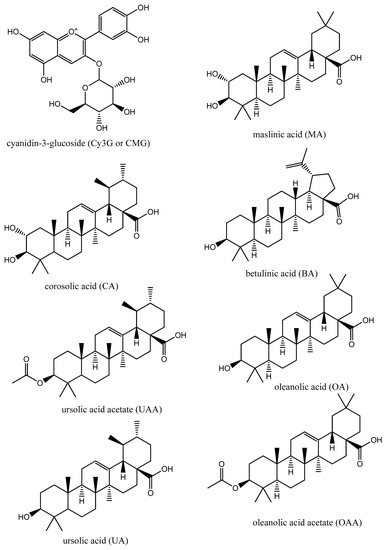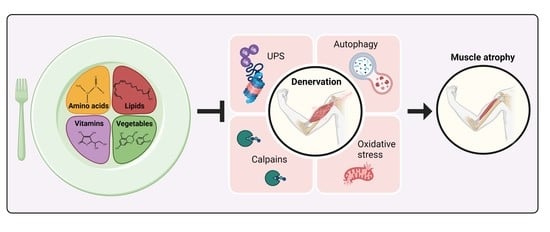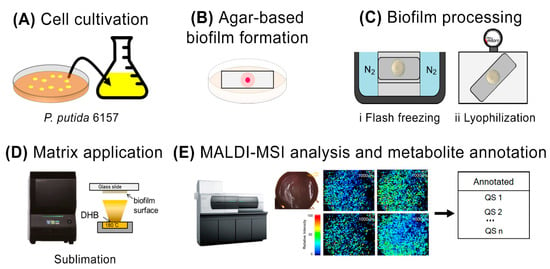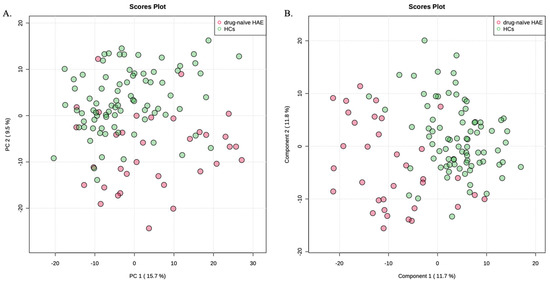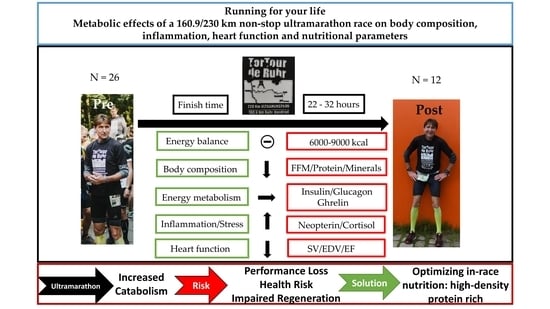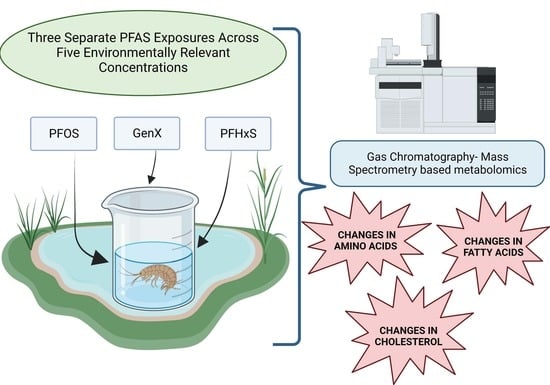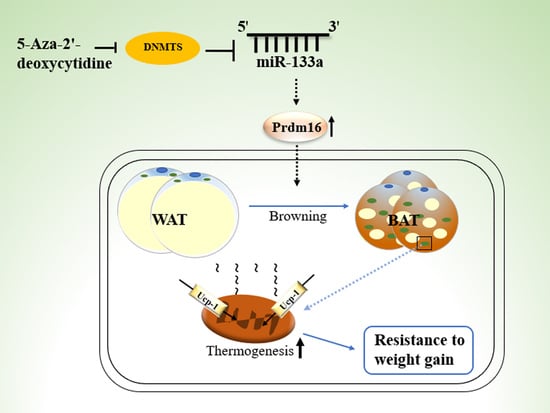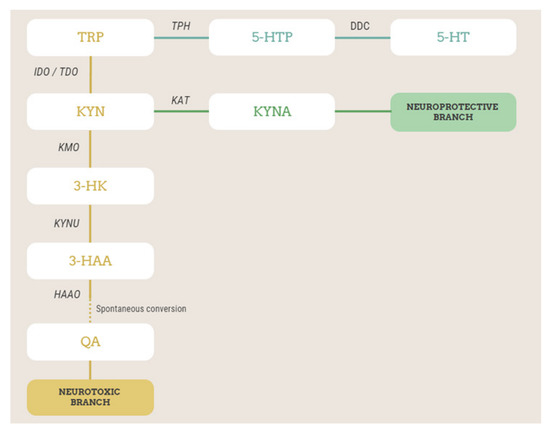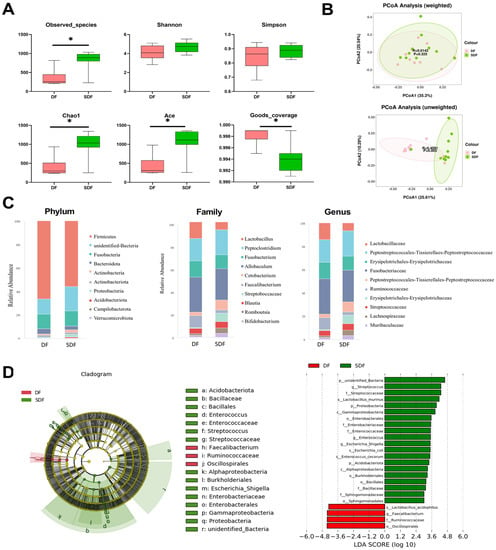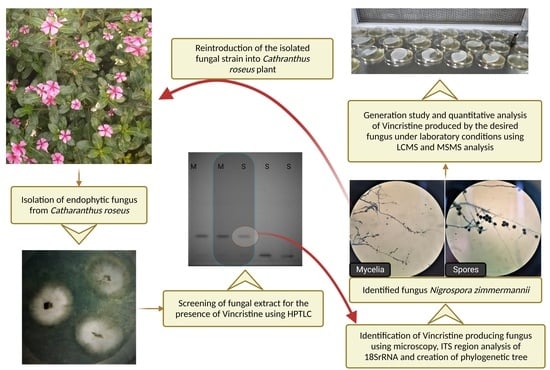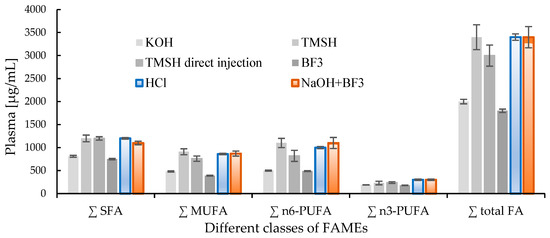1
College of Pharmacy, Chung-Ang University, Seoul 06974, Korea
2
Department of Computer Science and Engineering, Chung-Ang University, Seoul 06974, Korea
3
School of Systems Biomedical Science, Soongsil University, Seoul 06978, Korea
4
Department of Food Science and Biotechnology, Ewha Womans University, Seoul 03760, Korea
5
Center for Food and Bioconvergence, Department of Agricultural Biotechnology, Research Institute for Agricultural and Life Sciences, Seoul National University, Seoul 08826, Korea
Metabolites 2022, 12(11), 1012; https://doi.org/10.3390/metabo12111012 - 24 Oct 2022
Cited by 4 | Viewed by 1961
Abstract
Rice (Oryza sativa L.) is a widely consumed food source, and its geographical origin has long been a subject of discussion. In our study, we collected 44 and 20 rice samples from different regions of the Republic of Korea and China, respectively,
[...] Read more.
Rice (Oryza sativa L.) is a widely consumed food source, and its geographical origin has long been a subject of discussion. In our study, we collected 44 and 20 rice samples from different regions of the Republic of Korea and China, respectively, of which 35 and 29 samples were of white and brown rice, respectively. These samples were analyzed using nuclear magnetic resonance (NMR) spectroscopy, followed by analyses with various data normalization and scaling methods. Then, leave-one-out cross-validation (LOOCV) and external validation were employed to evaluate various machine learning algorithms. Total area normalization, with unit variance and Pareto scaling for white and brown rice samples, respectively, was determined as the best pre-processing method in orthogonal partial least squares–discriminant analysis. Among the various tested algorithms, support vector machine (SVM) was the best algorithm for predicting the geographical origin of white and brown rice, with an accuracy of 0.99 and 0.96, respectively. In external validation, the SVM-based prediction model for white and brown rice showed good performance, with an accuracy of 1.0. The results of this study suggest the potential application of machine learning techniques based on NMR data for the differentiation and prediction of diverse geographical origins of white and brown rice.
Full article
(This article belongs to the Special Issue Metabolomics in the Study of Cereal Grains and Their Derived Products)
▼
Show Figures


